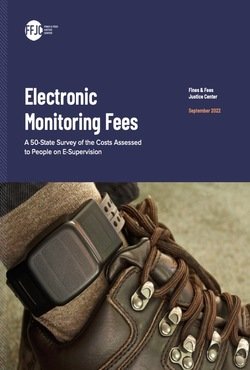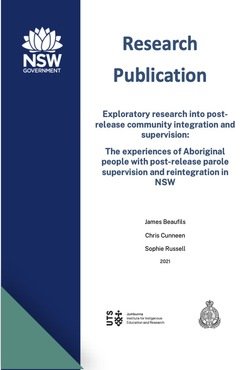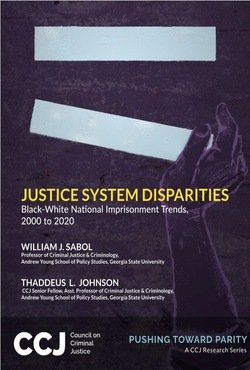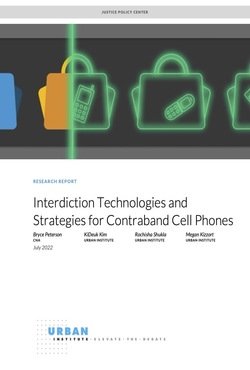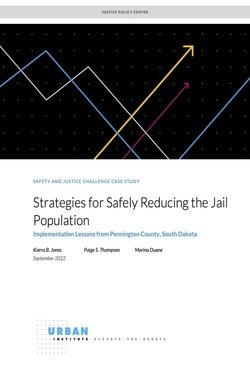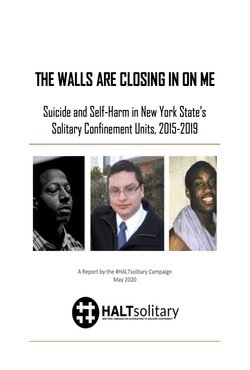By The Fines and Fees Justice Center
For the purposes of this report, EM is defined as any technology used to track, monitor, or limit an individual’s physical movement or alcohol consumption. It, and the costs associated with it, may be imposed as a condition of probation, parole, diversion, or some other community-based sentence or as a condition of pretrial release for those who have not been found guilty of anything. Its use is widespread in both the juvenile and adult criminal court systems. In most states, the individuals on EM are required to pay—daily, weekly, monthly, or flat fees—in order to be tracked, monitored, and have their liberty curtailed. Failure to pay such fees can lead to extended periods of supervision, additional fees, or even jail. This report will primarily focus on the ways state, local, and municipal governments or courts impose fees on people placed on these devices. It specifically examines the quagmire of how and when states are charging, or allowing others to charge, EM fees to individuals ordered into these programs. We do this by focusing our examination on legislative authorization and statewide court rules that authorize EM fees. We examined statutes and rules from all 50 states and the District of Columbia to determine whether their codes authorize fees for electronic monitoring at any point in the criminal legal system and to what extent.5 We explore statutes related to both pretrial release and post-sentencing supervision, the fee amounts authorized, consequences for nonpayment and, to a limited extent, electronic monitoring fees at the local level.
New York: Fines & Fees Justice Center, 2022. 24p.


